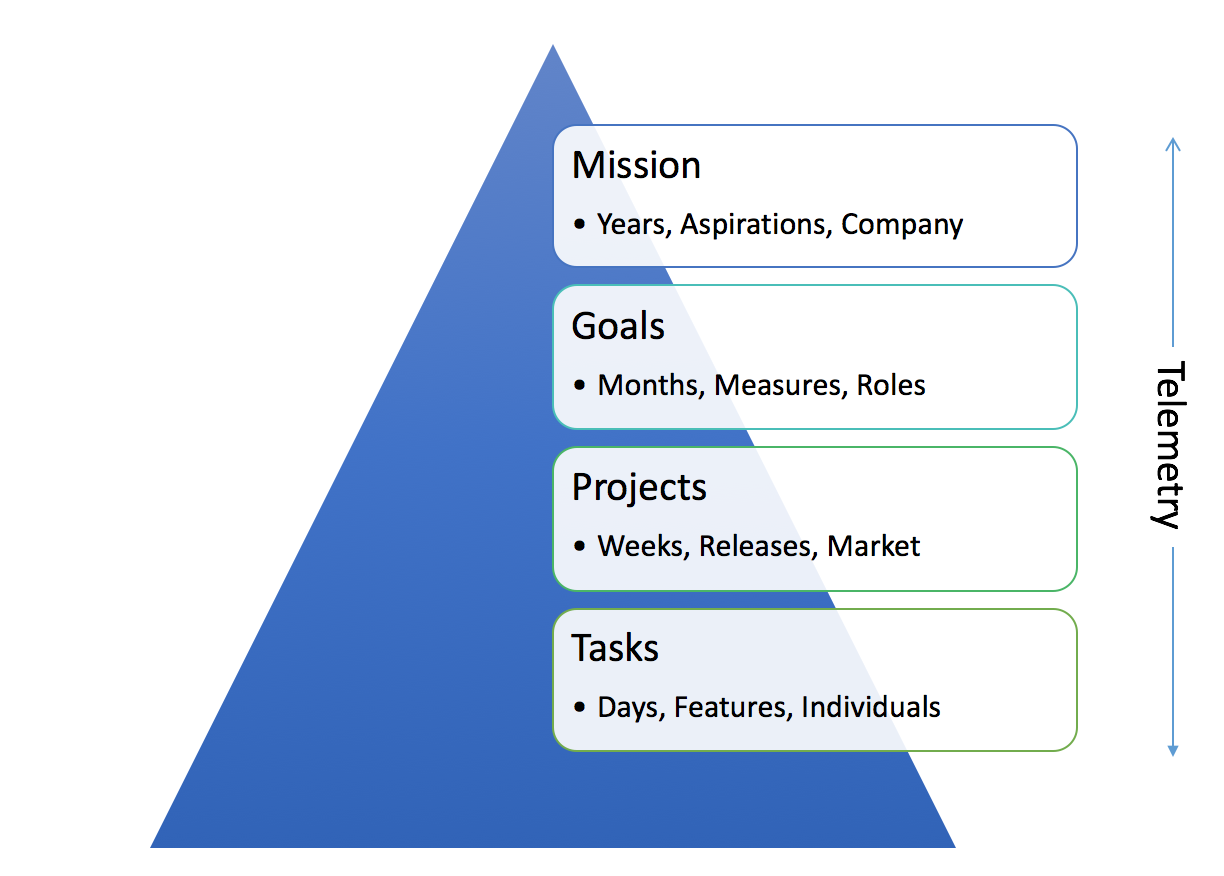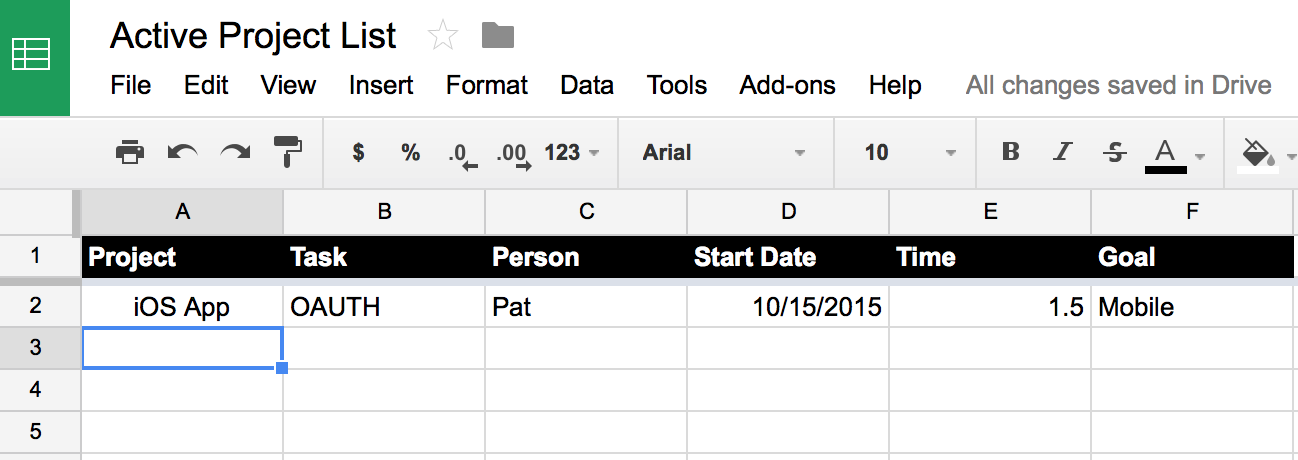Managerial Leverage
Why introducing leverage to management?
Maximizing organization’s output.
A manager’s output = The output of his organization + The output of the neighboring organizations under his influence
This means that if a manager is not just a hierarchical supervisor but also a know-how manager (knowledge supplier), then he will have larger impact on both his own organization as well as neighboring organizations.
the definition of “manager” should be broadened: individual contributors who gather and disseminate know-how and information should also be seen as middle managers, because they exert great power within the organization.
What to be leveraged? Managerial activities
-
==Information gathering== - the basis of all other managerial work
- Verbal sources are the most valuable because usually the more timely the information, the more valuable it is., but what they provide is also sketchy, incomplete, and sometimes inaccurate, like a newspaper headline that can give you only the general idea of a story.
- Reports are more a medium of self-discipline than a way to communicate information. Writing the report is important; reading it often is not.
- to visit a particular place in the company and observe what’s going on there. For example, we ask our managers to participate in “Mr. Clean” inspections, in which they go to a part of the company that they normally wouldn’t visit. The managers examine the housekeeping, the arrangement of things, the labs, and the safety equipment, and in so doing spend an hour or so browsing around and getting acquainted with things firsthand.
-
==Information-giving==
-
==Decision-making==, includes 2 kinds
- forward-looking
- respond to a developing problem or a crisis
-
==Nudging - advocating a preferred course of action, but you are not issuing a firm and detailed instruction. == it should be carefully distinguished from decision-making that results in firm, clear directives.
-
==Being a role model==. nothing leads as well as example. Values and behavioral norms are simply not transmitted easily by talk or memo, but are conveyed very effectively by doing and doing visibly.
By and large, none of the above can happen without a meeting. However, meeting is not an activity, it is an occasion or medium where activity happens.
What are managerial leverages, exactly?
Managerial Output = Output of organization = L1 × A1 + L2 × A2 +…
To maximize the output...
- Speeding up
- Managerial output / time = L * (activity performed) / time
- Increasing leverage
- Shifting activities to those with higher leverage
Leverage can be increased....
- When many people are affected
- When a person’s behavior is impacted in the long run
- When a large group’s work is affected by the unique information
For example,
-
Positive leverage
- planing in advance, and a large group of people know what to do.
- Timely reaction to a subordinate’s intention to quit
- Imparting knowledge, skills, or values to a group
- Activities that takes short time but affects another person’s performance over a long time. performance review.
- ==creating a tickler file==
- Providing unique skills and knowledge.
-
Negative leverage
- I am a key participant at a meeting and I arrive unprepared.
- ==Spreading depression==
- ==Waffling==
- ==Managerial meddling.== if a senior manager sees an indicator showing an undesirable trend and dictates to the person responsible a detailed set of actions to be taken, that is managerial meddling.
Shifting activities to those with higher leverage by DELEGATION
-
The “delegator” and “delegatee” must share a common information base and a common set of operational ideas or notions on how to go about solving problems
-
Being conscious
-
==delegation without follow-through is abdication.== how to monitor? QA
- When? ==at the lowest-added-value stage of the process==
- frequency? According to the worker’s experience level and sampling results
- Coverage? Not 100% but random sampling
-
How to monitor the delegation of decision-making?
- Inspect the decision-making process by a review meeting and ask specific questions.
-
How Many Subordinates Should You Have?
- As a rule of thumb, a manager whose work is largely supervisory should have six to eight subordinates, because
- a manager should allocate about a half day per week to each of his subordinates.
- Even if he works without a single subordinate, servicing a number of varied “customers” as an internal consultant can in itself be a full-time job.
- Hence second-line manager should have IC reporting to them if he does not have enough subordinates
- As a rule of thumb, a manager whose work is largely supervisory should have six to eight subordinates, because
Speeding up
-
time-management
-
For example
- to handle a piece of paper only once,
- to hold only stand-up meetings (which will presumably be short), and
- to turn his desk so that he presents his back to the door.
-
Principles
- identify our limiting step. schedule my other work around this limiting step.
- batching similar tasks
- Using calendar as the medium of forecast / planning
- Actively fill the holes between the time-critical events with non-time-critical though necessary activities.
- ==say “no” at the outset to work beyond your capacity to handle. Remember too that your time is your one finite resource, and when you say “yes” to one thing you are inevitably saying “no” to another.==
- Slack - a bit of looseness in your scheduling.
- Keeping an inventory of projects
- Standardize procedures
-
-
reducing Interruptions (the plague of managerial work) — how to solve? regularity and smoothing out workload.
- Controlled way
- Batching same block of time used for like activities / all schedule meetings at the same time
- Uncontrolled way
- hiding physically is not practical because legitimate problems will pile up
- Prepare FAQ/documentations
- Batching
- Providing alternatives:
- “I am doing individual work. Please don’t interrupt me unless it really can’t wait until 2: 00.”
- Office hours
- Controlled way

